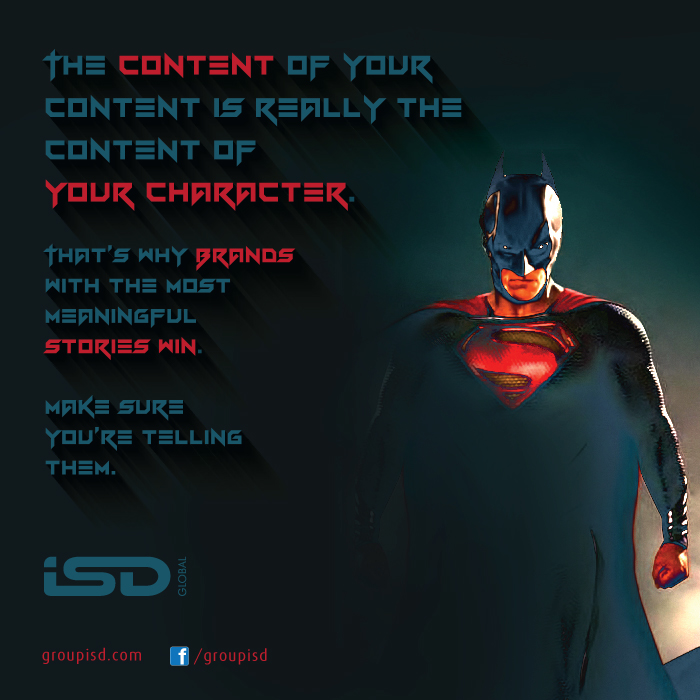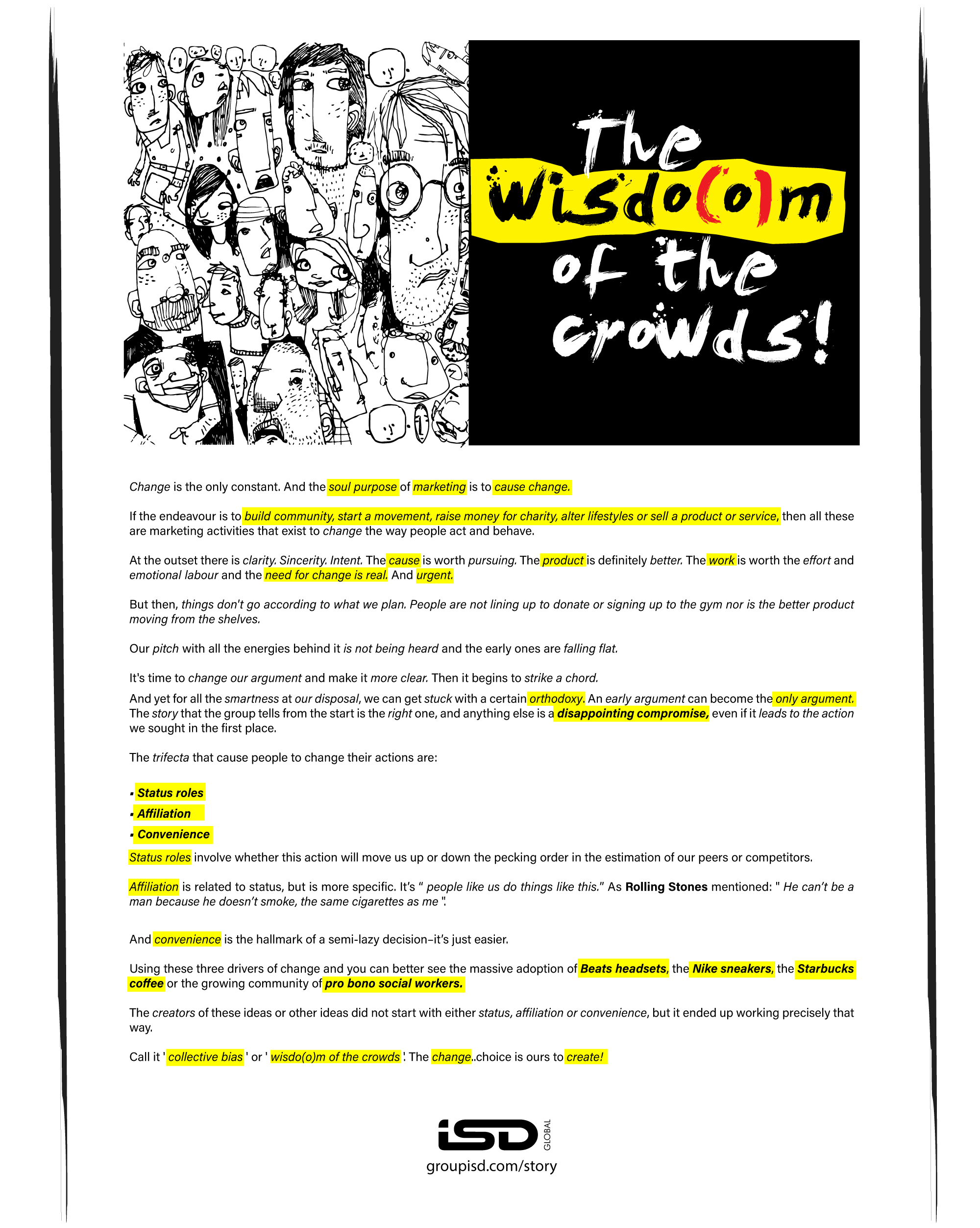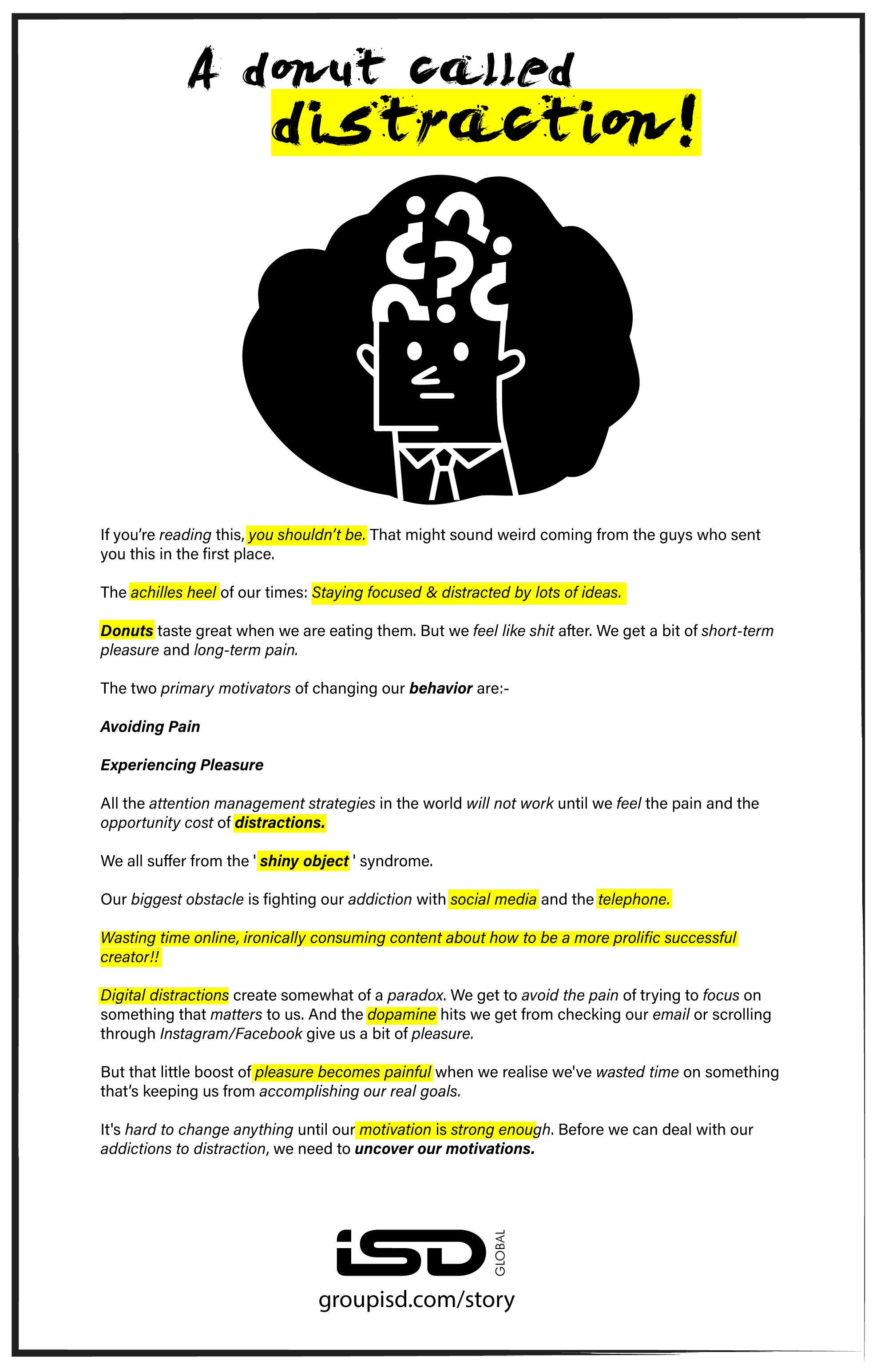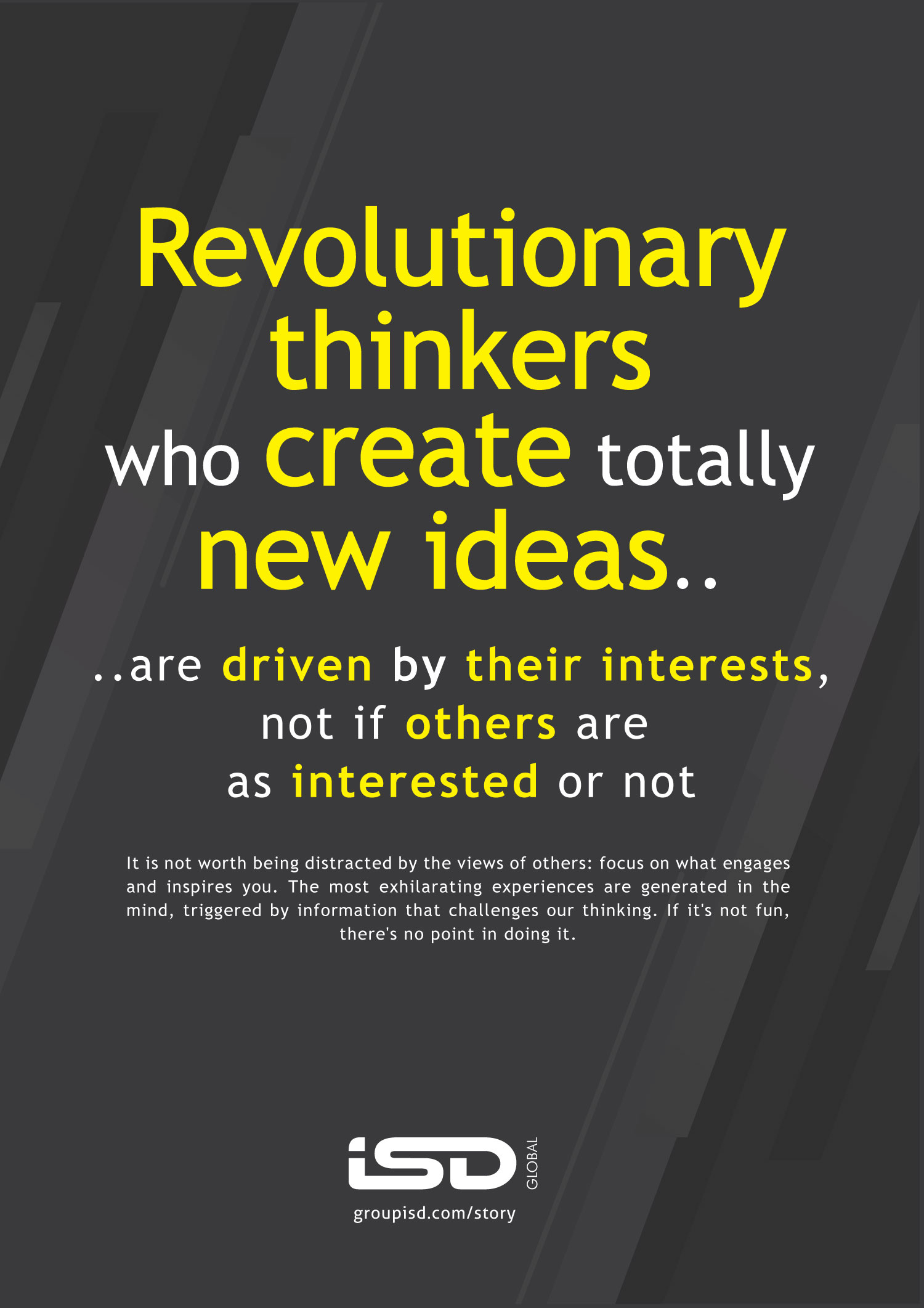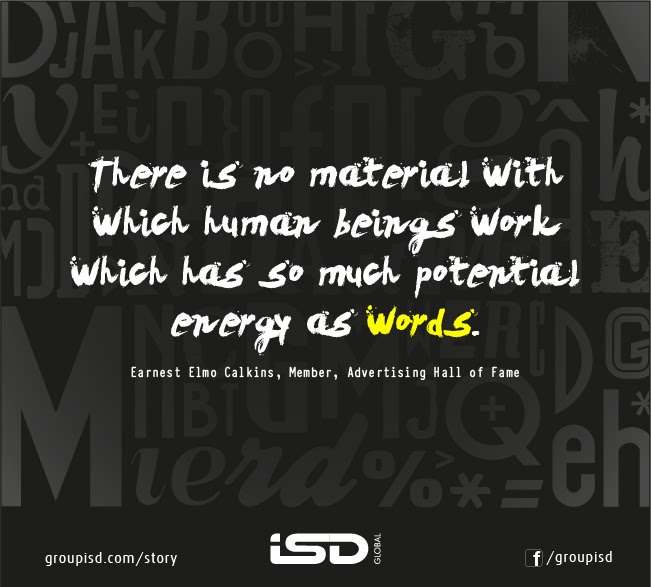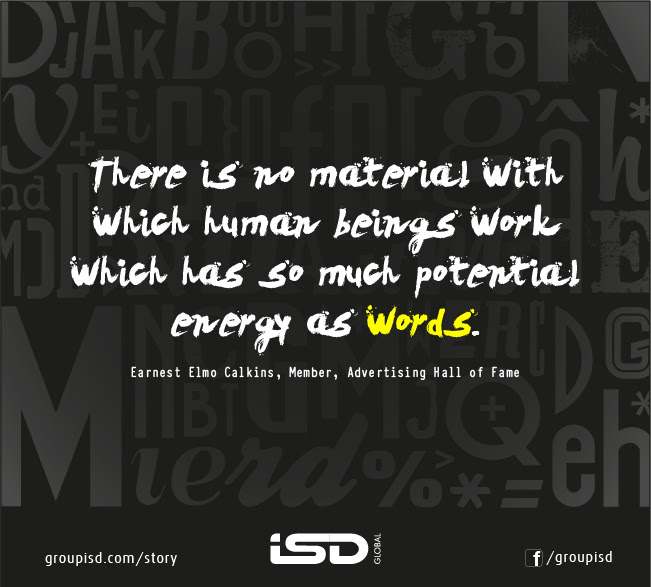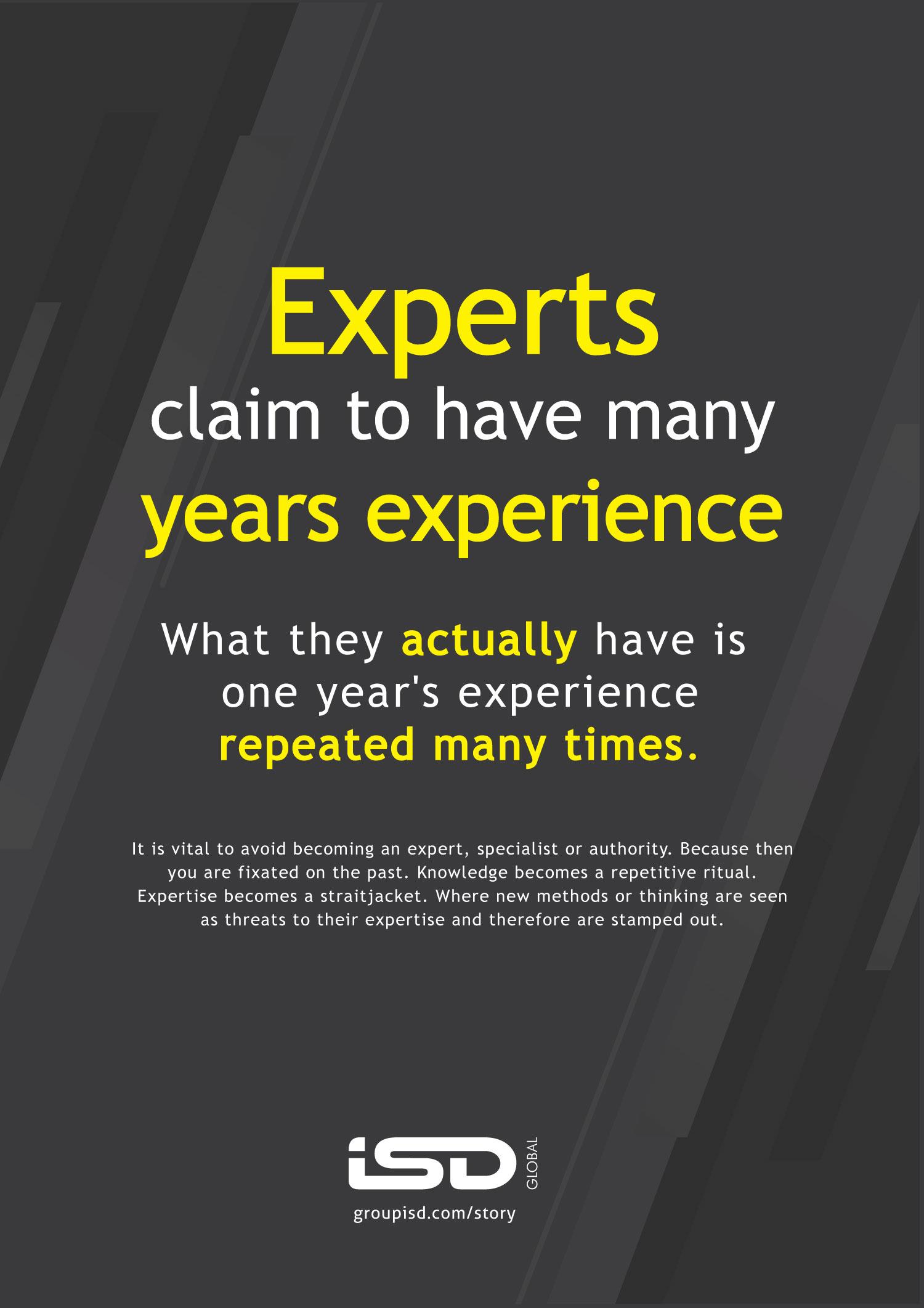There are two types of people in this world: Those who think ‘SMH’ means ‘So Much Happiness’ and those who know it’s the sound your soul makes when your dad comments ‘VERY NICE PIC BETA ![]() ’on your LinkedIn post about layoffs.”
’on your LinkedIn post about layoffs.”
I recently was shown a Gen Z’s Instagram story that said, ‘She ate, no crumbs.’ I stared at it for 10 minutes, convinced it was either a food review or a cannibal confession. Turns out, it meant ‘She did well.’ Meanwhile, my uncle’s WhatsApp status is still ‘Good morning ![]() God bless
God bless ![]() Send to 10 people for luck.’ Evolution? More like devolution.
Send to 10 people for luck.’ Evolution? More like devolution.
THE LANGUAGE OF EACH PLATFORM (AND WHY IT’S INSANE)
Instagram: Where Reality Goes to Die
Gen Z:“POV: You’re a strawberry in a vegan café” (Translation: I took a photo of my smoothie.)
– Millennials:“Living my best life! ![]() #Blessed”(Translation: I cried into my avocado toast today.) Here’s a Bonus- Millennial Caption:“Living authentically! (After 3 filters, 2 Facetune edits, and 1 existential crisis.)
#Blessed”(Translation: I cried into my avocado toast today.) Here’s a Bonus- Millennial Caption:“Living authentically! (After 3 filters, 2 Facetune edits, and 1 existential crisis.)
– Boomers: Posts a sunset pic with no caption, just ![]() . Profound. Sorry, must add this- Boomer Comment:“Nice pic beta. When marriage?
. Profound. Sorry, must add this- Boomer Comment:“Nice pic beta. When marriage?
LinkedIn: The Land of Fake Humility
-Humbled to be featured in Forbes’ ‘Top 100 People Who Paid to Be Featured in Forbes.’
-“I failed 17 times before I sold my startup for $2 billion. Here’s a vague inspirational quote to distract you from my trust fund.”
-“Took a 2-day course on breathing. Here’s how it made me a CEO.”
– ” Just had a coffee. Here’s how it taught me about scalable growth.”
– Bonus: The guy who writes “Agree?” after stating the sky is blue. Wisdom whiplashed!!
WhatsApp: The Forward(backward?) Factory
– Boomer Special:“NASA says Jupiter will align with Venus tonight and cure arthritis. Forward to family or suffer bad luck for 7 years.” (And, if you are seeking ground reality, please ask Sunita Williams).
– Millennial Adaptation:“Send this to 10 friends for good vibes! ![]() ” (Still guilt-tripping, just with emojis.)
” (Still guilt-tripping, just with emojis.)
–Classic Forward:“DANGER! Sleeping with your phone under your pillow causes 5G cancer!!! Send to 10 family members or face bad luck for 6 lifetimes.
Twitter/X: Where Subtlety Goes to Die
Gen Z:“Me: exists Anxiety: Bestie, let’s ruin your life.”
– Corporate Twitter:“We’re sorry you found a rat in your burger. Here’s a coupon for 10% off your next rat-free meal!(And no, they don’t smell a rat!).
TikTok: The Land of Cryptic Challenges
– “POV: You’re a Victorian ghost watching me eat cereal at 3 AM.” (Why???)
– Comments Section:“She’s so me.”(No, Karen, you’re not a sentient croissant.)
Snapchat: Where Conversations Go to Get Buried
– Gen Z: Sends a blurry selfie with the caption “Ugh.”
– Millennial:”Wait, how do you use this app again?”
Some real world examples that will make us all wheeze
The LinkedIn Poet: “The clock ticks. The coffee cools. My Excel sheet stares back. #CorporateLife”(Sir, this is a Wendy’s.)
The Instagram Philosopher: “Be like water. But also like fire. But also like a rock. But also…just buy my detox tea.”
The WhatsApp Uncle: Sends a 240p video titled “SCIENTIFIC PROOF OF LORD KRISHNA’S INTERNET” with UFO clips from 1998. (KNOWstalgia Marketing anyone?).
The TikTok Therapist: “If he doesn’t appreciate your ‘quiet BPD chaotic cottage core vibe,’ he’s not your twin flame.”(Ma’am, that’s a felony.)
Gen Z invented a word called ‘rizz,’ which means ‘charisma.’ Meanwhile, my aunt’s idea of rizz is forwarding a message that says, ‘Drink warm water with lemon at 5:17 AM for eternal youth.’ Sorry, aunty, but your rizz is broken.”
Lets look at who’s winning in the Generational Warfare: TBH– no one!
–Gen Z: Texts Like:“Wdym you didn’t see my story? Are you ghosting me or just old?”
– Reality:Will cancel you for using ![]() instead of
instead of ![]() .
.
–Millennials: Still Using:“ TBH, IDK, I’m just here for the WiFi.”
– Also Millennials: Writes a LinkedIn post about how their cat taught them leadership.
–Boomers:
– Facebook Post:“Good morning friends! Today’s thought: Life is like a bicycle. Keep pedaling or you’ll fall. Also, don’t forget to drink warm water.”
– WhatsApp Forward:“NEVER charge your phone at night – it steals your soul AND your data!” .
-Bonus-Every message begins with “GOOD MORNING FAMILY ![]()
![]()
![]() “—even at 9 PM.
“—even at 9 PM.
Some awebservations:
-Somewhere between Shakespeare and “WYD?”, humanity tripped, fell, and landed in an abyss of emojis and abbreviations.
-If aliens ever intercept our tweets, they’ll assume Earth is ruled by cats, influencers, and people who speak exclusively in “![]()
![]()
![]() .
.
-Once upon a time, “thread” was something you used to stitch clothes. Now, it’s 47 tweets about why oat milk is a scam. Sorry, just needling you!
-If Socrates had lived today, he’d be explaining philosophy on TikTok in 15 second clips, captioned “POV: You Just Got Enlightened. ![]() “.
“.
-My friend’s grandmother thinks “LOL” means “Lots of Love“—which is how she once texted condolences at a funeral.
–Gen Z(The Keepers of Internet Slang & Chaos Incarnate)-always speaks in lowercase, because proper capitalization is apparently a crime.
–Gen X(The Facebook Philosophers & LinkedIn Poets)– Think Instagram filters are a government conspiracy to make people look better than they actually do.
–Millennials (The Meme Lords & Hashtag Enthusiasts)- are very fluent in GIFs. Can have entire conversations using just Michael Scott’s face. Them typing “I’m dead ![]() ” does not mean they require medical assistance.
” does not mean they require medical assistance.
Before I sign off, here’s an ode to The Emoji Hierarchy: ![]() = “We’re going viral, baby.”
= “We’re going viral, baby.” ![]() = “I’m laughing so hard I might actually be dead.”
= “I’m laughing so hard I might actually be dead.” ![]() = “You’re cool, but I’m too lazy to type actual words.”
= “You’re cool, but I’m too lazy to type actual words.” ![]() = “I’m watching this drama unfold with popcorn.”
= “I’m watching this drama unfold with popcorn.” ![]() = “I have no words, only existential dread.”
= “I have no words, only existential dread.” ![]() = Used by Boomers to mean “God bless” and by Millennials to mean “Pls, I beg.”
= Used by Boomers to mean “God bless” and by Millennials to mean “Pls, I beg.”
Final Thoughts: Keeping Up with the Internet’s Linguistic Gymnastics
The internet has birthed a language so ridiculous, even Shakespeare would be like, “Y’all wildin‘.” But hey, if we survived “YOLO,” “bae,” and “on fleek,” we’ll make it through this era too. So whether you’re a “Good Morning WhatsApp Warrior” or a “Rizz Lord on TikTok,” one thing is certain—language isn’t dying, it’s just vibing. ![]()
![]()
![]()
PS-If you read this whole post without Googling a single slang term, you are officially cool. If not, welcome to the club. ![]()
![]() ”
”
Stay woke, stay vibing, and please, for the love of grammar, use a comma once in a while.
Language evolves, slang changes, but one thing remains the same—no one actually knows what ‘yeet’ means.
Disclaimer: No social media managers were harmed in the making of this blog.

